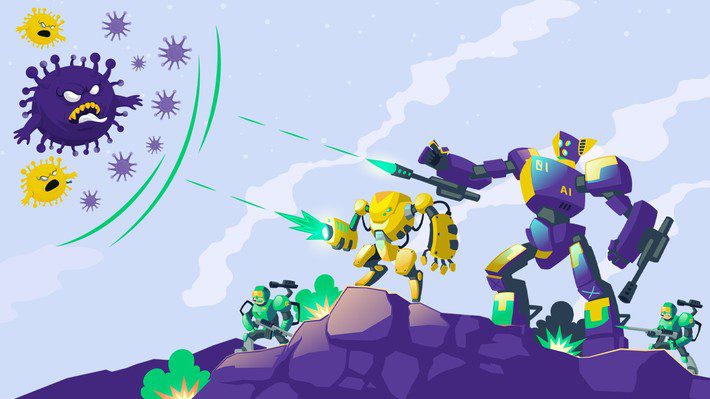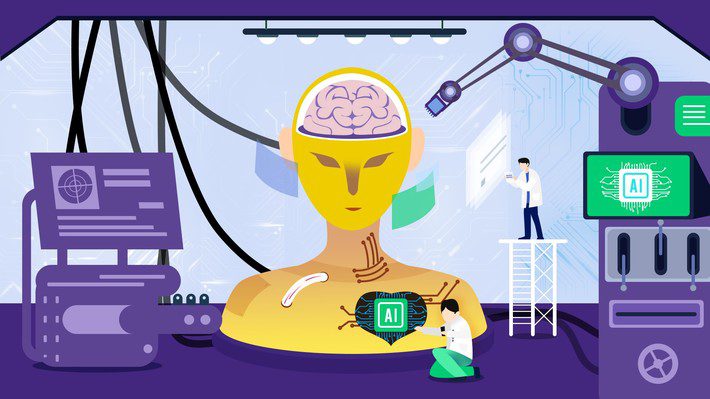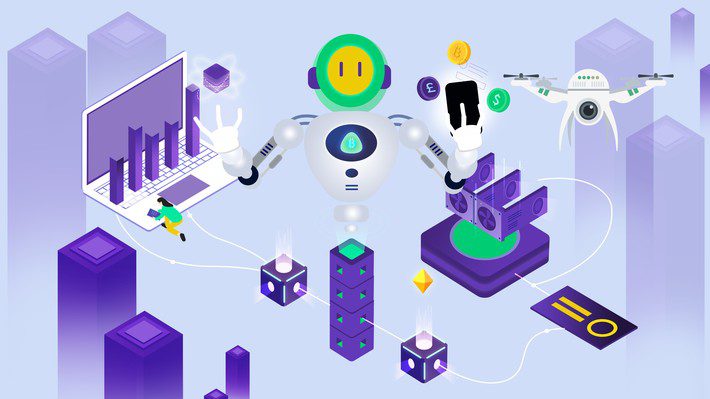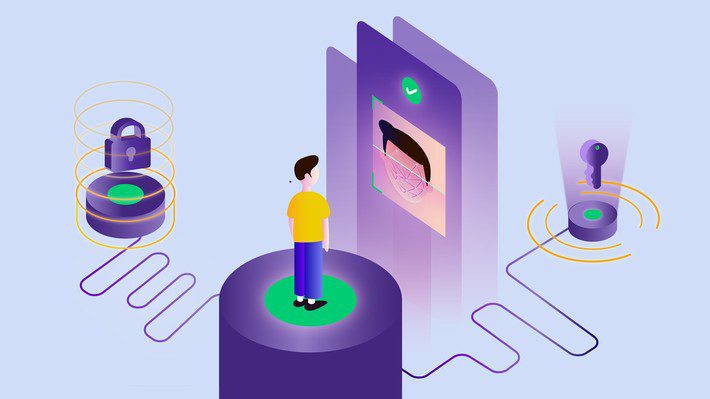
Coronavirus pandemic is stretching the healthcare operational resources to an immense extent. During such a brief duration of time, COVID—19 has become one of the biggest challenges that humanity has to face in the twenty-first-century world. Many complications surround this pandemic regarding the non-availability of treatment and the exponential speed of spread. The world is witnessing a severe shortage of everything, ranging from ventilators to masks, from emergency treatment rooms to beds, and from reliability to the speed of the internet. No national health system of the world can cope with such an explosive resource requirement posed by this large scale and a rapid outbreak without implementing digital models of healthcare.
While we move forward to mitigate the spread, side by side, we can also rationalize the mechanism of response. It can be done by bringing digitalization in the various verticals of the mitigation strategy. It is crucial because the conventional mechanism of pandemic control is dependent on human resources exhaustively. It is further constrained by the speed with which human resources can be deployed, organized, and trained. If we compare it with digital systems, then we would find that they can be scaled-up, and there is less impact of constraints like the speed of training and organization. Of course, there are some constraints such as the capacity of storage and computational power — but these can be easily worked out. So far, the implementation of digital systems in healthcare seems to be an effective tool to prevent and match the evolving challenge.
Contrary to what may seem apparent, Artificial Intelligence cannot solely replace human decision making and clinical reasoning. AI at most will be an aid that enables humans to enhance the effectiveness and competence of clinical judgments. Amid this testing, we are witnessing many agencies leveraging AI to boost the remedial methods for corona.
Baidu, has developed a non-contacting sensor equipped with an infrared system that readily detects individuals having high fever even if they are in a crowd. The governments are installing them at railway stations and airports with these systems to screen suspected contagious people. The system has significantly reduced the workload and human errors by replacing a repetitive manual task with an automated system.
Florida’s Tampa Hospital has integrated an artificial intelligence-based system to intercept people that have probable symptoms of COVID—19, by running a thermal test as the entrances. Not stopping here, but the positioned cameras also detect the other symptoms besides body temperatures, such as facial gestures, discoloration, and sweating, to single out individuals having a fever.
Across the world, Artificial Intelligence is being leveraged to track and monitor the symptoms of coronavirus, automate the operations of hospitals, and aiding the CT scan procedure. Hospitals in are deploying CT scan interpreters equipped with artificial intelligence to detect COVID—19 symptoms, where there is non-availability of the radiologists. Wuchang Hospital has laid a new smart field medicare facility that is staffed with robots. These robots gather vital healthcare statistics using the networked thermometers and provide the appropriate medication. With this, the healthcare authorities can unburden their healthcare resources and also prevent them from exposure to the virus. Artificial intelligence can be helpful in multiple other ways well, and the following pointers are just the four ways that are helping to inhibit this pandemic outbreak.
Diagnosis By AI
If diagnosis could be made rapidly, then it would result in quick remedial measures to contain the epidemic outbreak, such as quarantine. A significant hurdle in quick diagnosis is the dearth of clinical experience and expertise needed to interpret the results of the diagnosis, that has occurred due to the sheer large number of cases. Artificial intelligence has significantly incremented the rapidness of diagnosis. LinkingMed is a medical data and oncology platform. The company has developed a superior technological method to detect pneumonia, which is a pervasive COVID—19 side effect, and that too, in less time than a minute!
What is more incredible is that it has an accuracy of 90%, and recall percentage stands at a whopping 97% on the sample data set. LinkingMed achieved this by integrating an open-source artificial intelligence modeling that not only analyzes the CT scan images but also detects and quantifies these in the order of proportion, volume, and number. The open-source artificial intelligence modeling utilizes the deep learning platform of Baidu named, Paddle.

AI-Powered Robots And Drones
There has been an accelerated deployment of robots and drones for tracking the progress of social distancing guidelines passed by health authorities across the world. For making sure that the citizens are mandatorily adhering to regulation, artificial intelligence-powered drones track people who are not wearing masks in public. Some of the drones are utilized for mass disinfection as they can carry sanitization chemicals with them. Drones are also utilized for broadcasting public messages of importance in places that have become inaccessible due to lockdown measures.
MicroMultiCopter is one such technology company that is making artificial intelligence-powered robots and drones. Its products aid the authorities to mitigate the risk of coronavirus transmission expected in the city-wide transfer of medical supplies and other healthcare materials. It boosts healthcare without posting any risk to the health care staff. Along the way, these robots also give a push to food delivery. Pudu Technology, a catering startup, has incremented the range of healthcare domain through their deployment of robots in more than 50 hospitals.

Body Temperature Detection Through Facial Recognition
Thermal body cameras have been in use for long. However, there is one shortcoming of those devices. It is, they have to be operated by a human. Humans are prone to errors. Especially in these times, when there is a high risk of infection and a high number of cases. The probability of errors increases due to the repetitive nature of the operation.
With the advent of artificial intelligence, smart cameras have come to the fray. These smart cameras can detect the temperature of an individual in a non-interactive manner by its multisensory technology. This technology can further detect the fever by the movement, gait, facial expressions, amount of sweating, and eye movement. If fitted on drones, these cameras can detect if the person is wearing a face mask or not, provided an appropriate algorithm is fed at the backend.

AI-Powered Disease Surveillance
Surveillance plays a very crucial role in the containment of such infectious pandemics. Human migrations are square to be blamed for such a geographically extensive outbreak of this disease all around the world.
BlueDot, a Canada based natural language processing and machine learning company, has leveraged artificial intelligence models to report, recognize, and track the …. Its model works faster than the US Centre for Disease Control and Prevention and the World Health Organization’s COVID—19 tracker. In the times to come, similar technology can be used for making predictions of other infectious risks to humans by taking into consideration factors such as human activity and climate change. The complete analysis of social data, including family history, lifestyle habits, travel history, and clinical data, would give birth to far more precise predictions of individualized risk profile and medicare results.
Wrap Up
The world is continuously fighting with the consequences of the COVID—19, yet, we can draw some definite conclusions from the proficiency and courage of healthcare professionals along with the efforts put by AI leveraging organizations. With the AI partnering with healthcare for fighting coronavirus we hope positive results for health and technology both, which the world needs very much now. Technology industry understand the intricacy of the COVID—19 challenge looming in front of them. There is an ultimacy to solve the problem that has never been before. For this, companies leverage AI-powered product development experience to create custom software development solutions that can anticipate, contextualize, and track the risk of infectious diseases like these.
